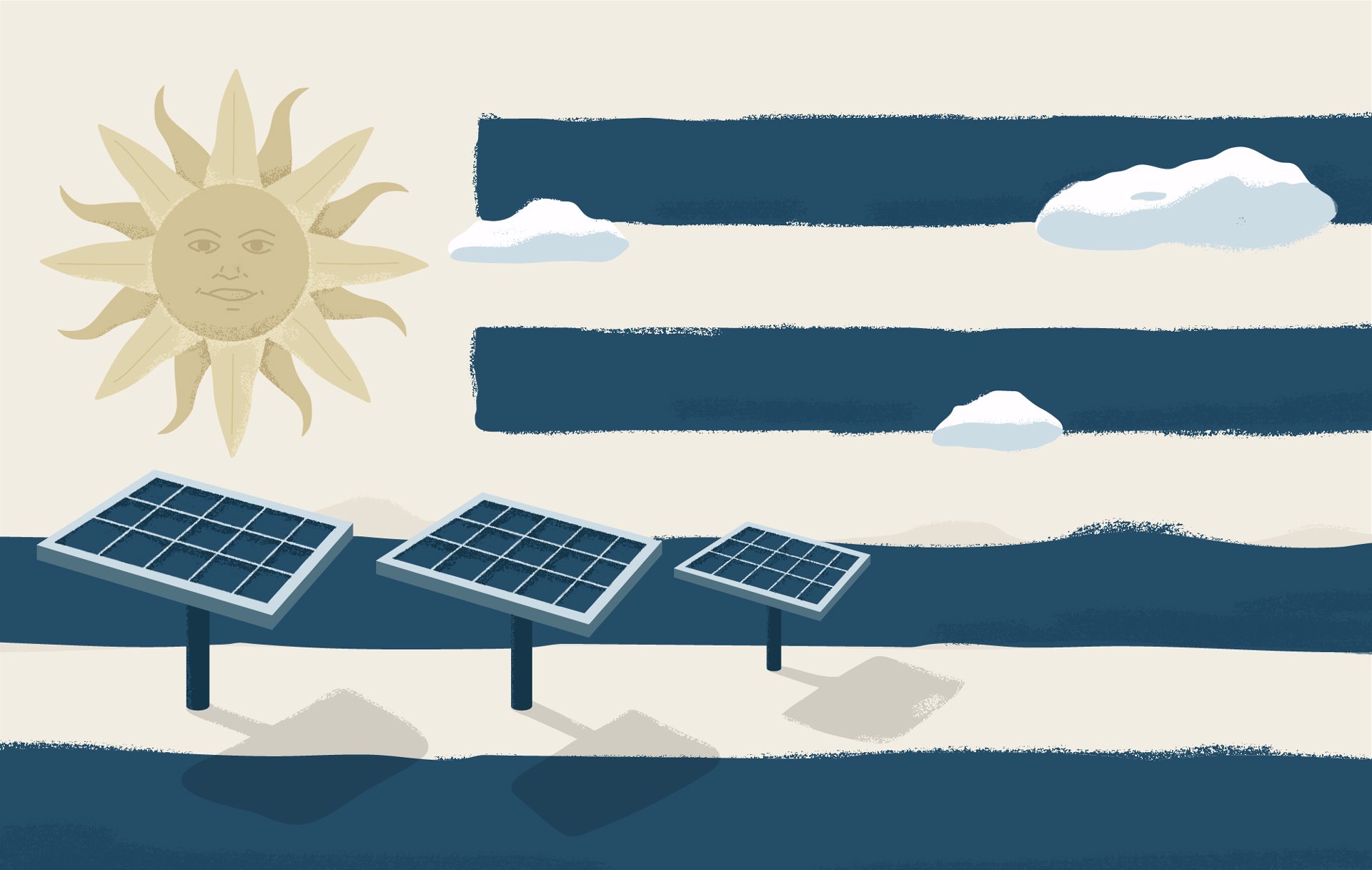“with wind the single-biggest contributor… Power production costs have declined “by almost half” … And the clean energy sector has created 50,000 new jobs… Ask me what was the impact on the electricity sector in Uruguay after this tragic war in Europe — zero.”



Nuclear is just not practical. Even if you discount the risk of severe impact if anything ever goes wrong, and the long term impact on the environment if the fuel and waste chain. we’ve countless case studies that it’s just too expensive, too complex to build, too much putting all your eggs in one basket.
Making up some numbers but I think the scale is right …. Which would you choose:
— $12B and 10-20 years to build a nuclear plant, requiring highly specialized fuel and employees.all or nothing: you get no benefit the whole time it’s under construction so payback is multiple decades. Given the specialty fuel, employees, security, it’s the most expensive choice to operate
— $1B and 10-12 years to build a wind farm, but you start getting income as soon as sections come online. Fuel cost is zero and one being out for maintenance has negligible impact in production/profit. You get payback practically as soon as the project is built and it’s all gravy from there
Adding to this, while the wind doesn’t always blow, and the sun doesn’t always shine, nuclear needs water to evaporate. In a world where droughts during summer get ever more common, nuclear/coal is not the 24/365 solution it once was. The future has to rely on a diverse mix of different energy sources, if it wants to be resilient.